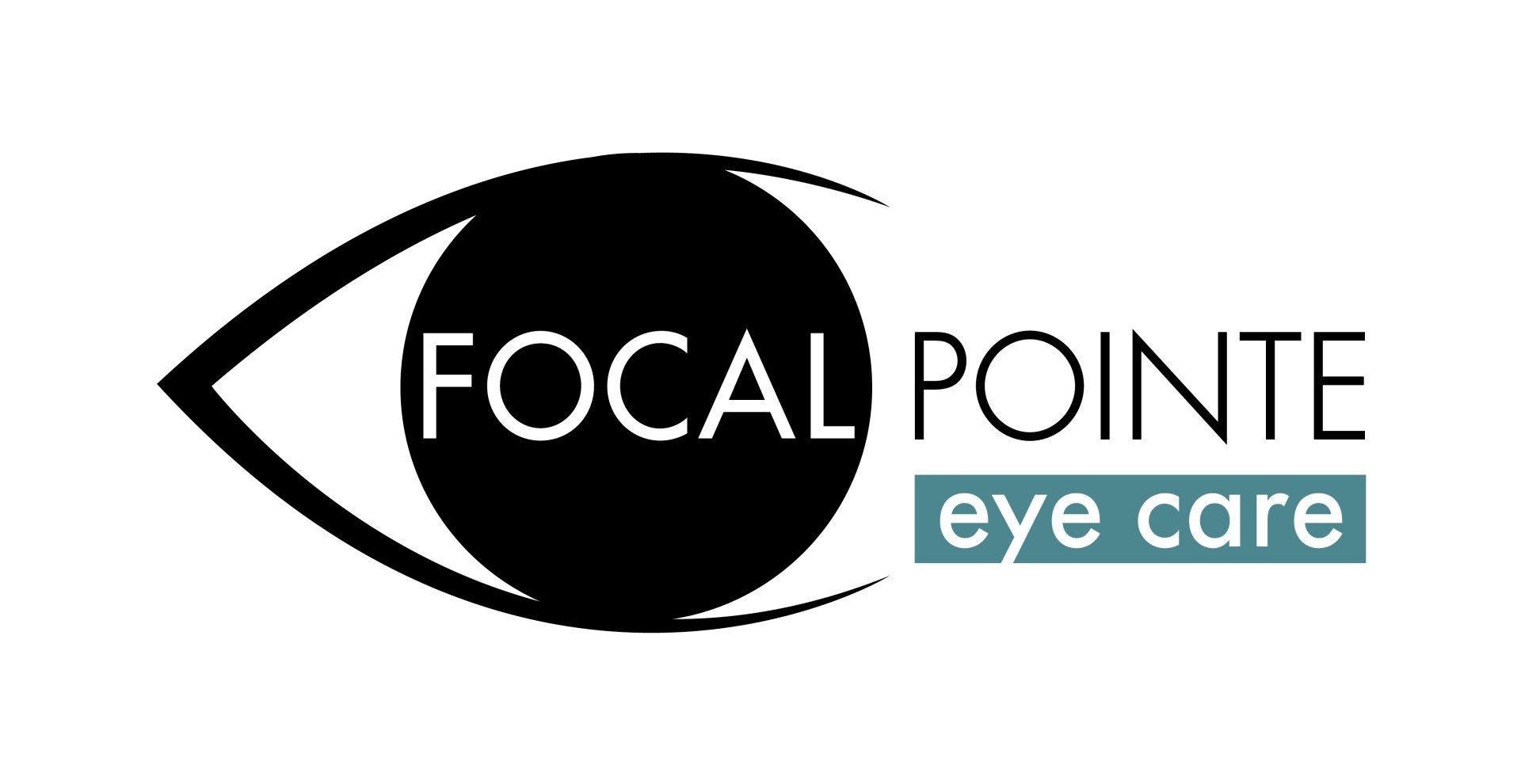Morning Eye Pain? You Could Have Recurrent Corneal Erosion (RCE)
Have you ever woken up to intense eye pain, light sensitivity, blurred vision, or excessive tearing? If so, you may have experienced Recurrent Corneal Erosion (RCE)—a frustrating condition that affects the cornea’s ability to heal properly.
What Is Recurrent Corneal Erosion (RCE)?
RCE occurs when the corneal epithelium (the outermost layer of the cornea) does not adhere properly to the underlying basement membrane. This results in repeated breakdowns of the corneal surface, often leading to pain and discomfort, especially in the morning.
Any damage or injury to the corneal surface that causes an epithelial defect will have 3 phases of healing.
- Epithelial cell migration - corneal cells next to the injury site will move towards the defective area.
- Epithelial cell proliferation - once the cells migrate, that layer grows to restore normal thickness of the epithelium to fill in the defect.
- Epithelial reattachment - Anchoring fibers will attach the epithelium to the underlying basement membrane to create a strong corneal surface.
Common Cuses of RCE
The most common cause of RCE is previous eye trauma, including:
- Scratches from fingernails
- Foreign bodies such as dust, debris, or sand
- Tree branches or paper cuts to the eye
Past injuries account for 45 to 64 percent of all RCE cases. Other risk factors include:
- Corneal dystrophies (genetic conditions affecting corneal structure)
- Dry eye disease (reducing moisture needed for healing)
- Meibomian gland dysfunction (impacting tear film stability)
- Ocular rosacea (inflammatory condition affecting eyelid oil glands)
- Nocturnal lagophthalmos (incomplete eyelid closure during sleep)
Symptoms of RCE: What to Watch For
- Sudden eye pain, often upon waking
- Light sensitivity (photophobia)
- Blurred vision
- Watery eyes or excessive tearing
- Feeling like something is stuck in your eye
Why Does RCE Happen in the Morning?
At night, the ocular surface dries out while your eyes are closed. When you wake up and open your eyelids, they may stick to the cornea, pulling off fragile cells in the same area where the injury first occurred. This leads to recurrent pain and delayed healing.
How Is Recurrent Corneal Erosion Treated?
The first line of treatment typically includes a combination of:
- Lubricating artificial tears and ointments to keep the cornea moist
- Antibiotic eye drops to prevent infection
- Oral doxycycline to improve corneal healing
- Steroid eye drops to reduce inflammation
- Bandage contact lenses to protect the cornea
- Hypertonic saline drops or ointments to draw out excess fluid and strengthen adhesion
- Amniotic membranes to promote healing
- Punctal plugs to conserve tears
- Corneal debridement to remove damaged tissue
If RCE continues despite treatment, an eye doctor may refer you to a corneal specialist for advanced procedures. These surgical options are effective but require a longer healing period.
When to See a Doctor
While complications of RCE are rare, there are a few that still exist. With each subsequent RCE, there is an increased risk of developing haziness or scarring of the cornea which could result in reduced vision. During an active RCE, infections could also occur. The prognosis of full recovery from an RCE with treatment is wonderful!
If you suspect you have RCE, do not wait for another painful morning. Early treatment can prevent complications such as scarring, corneal haze, and vision loss.
Schedule an eye exam at Focal Pointe Eye Care for fast relief and expert treatment.
About the Author
Dr. Megan Fisher is an optometrist at Focal Pointe Eye Care in West Chester, Ohio. She is dedicated to providing comprehensive eye care for individuals and families.

